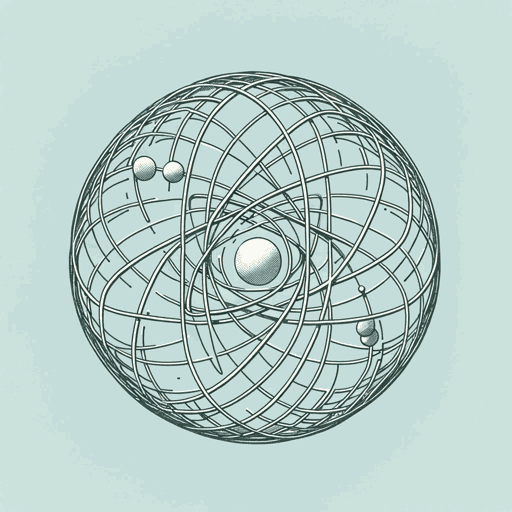57 pages • 1 hour read
Bill BrysonA Short History of Nearly Everything
Nonfiction | Book | Adult | Published in 2003A modern alternative to SparkNotes and CliffsNotes, SuperSummary offers high-quality Study Guides with detailed chapter summaries and analysis of major themes, characters, and more.
Chapters 13-15Chapter Summaries & Analyses
Chapter 13 Summary: “Bang!”
Bryson opens the chapter by talking about the soft water and strange rocks that were found underneath Manson, Iowa in 1912. The reason for this odd occurrence was later known as the Manson Impact, “the biggest thing that has ever occurred on the mainland in the United States” (190). A meteor had hit where Manson now stands, creating a hole three miles deep and twenty miles across; in fact, the crater would put the Grand Canyon to shame. However, after 2.5 million years of weather and wear, the crater is now flat. While this site doesn’t draw much attention nowadays, Bryson states that in the 1950s “Manson was the most geologically exciting place on Earth” (191).
During this time, meteor crater research was unsophisticated and misunderstood. G.K. Gilbert was the first to hypothesize that the moon’s craters were caused by meteors, but the scientific community at large scoffed at his idea, holding fast to the notion that the moon craters were caused by ancient volcanoes. The meteor craters on Earth were even less understood. For example, Meteor Crater in Arizona, previously Barringer Crater, was incorrectly thought to be formed by an underground steam explosion. It was only when Gene Shoemaker came along and realized that the Barringer Crater was full of fine silicas and magnetites—substances that shouldn’t be there—that scientists started to suspect that the impact came from space.
Related Titles
By Bill Bryson

A Walk in the Woods
Bill Bryson

In a Sunburned Country
Bill Bryson

One Summer: America, 1927
Bill Bryson

The Body: A Guide for Occupants
Bill Bryson

The Life and Times of the Thunderbolt Kid
Bill Bryson

The Lost Continent
Bill Bryson

The Mother Tongue: English and How It Got That Way
Bill Bryson

